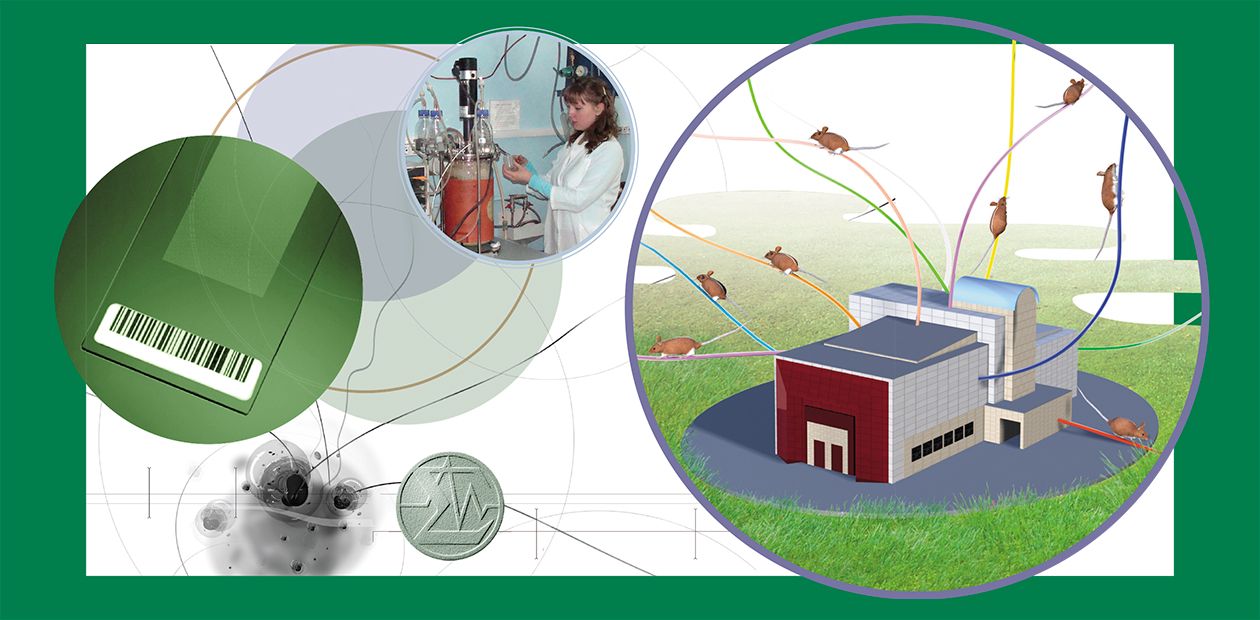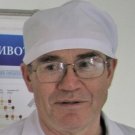Siberian Сenter for Genetic Resources
The infrastructure of the Siberian Branch of the Russian Academy of Sciences has been recently enlarged and now includes an SPF Animal Facility of the Institute of Cytology and Genetics (Novosibirsk), which is a joint access center for research with laboratory animals
Over the last quarter of a century, the requirements to organizing all kinds of work with laboratory animals have become considerably more stringent in all developed countries of the world. An SPF (specific pathogen free) vivarium is a facility for keeping and breeding laboratory animals according to the accepted standards, i.e. without pathogenic microorganisms. This is because any infections are a source of variation in experimental data, interfering with their reliability.
According to current international rules, the main basic and applied studies aimed at elaborating new approaches to treating diseases and to elevating human physical and social welfare should be performed using animals kept in stringently controlled conditions; preclinical trials of new drugs and the biosafety assessment of new materials and products will be part of the work.
However, the keeping of SPF animals is only one side of the coin. Over 20,000 genetic strains of laboratory mice are now available. The creation of genetic models – experimental laboratory animals with specified genetic characteristics – has considerably accelerated in recent years, so that the number of such strains will exceed 300,000 in the next two decades.
Now 22 national centers for genetic resources from North America, Europe, Asia, and Australia united by international organizations coordinate the activities in this field.
Until recently Russia had no analogs of such centers; there were just two SPF “prototypes” in the European part of this country, while regional divisions of the Russian Academies of Sciences and Medical Sciences widely used laboratory animals in their research. However, limited genetic diversity of these animals considerably hindered basic science; and the conditions of their keeping, which did not meet the current international standards, interfered with putting innovations on the external market.
The new Center will be involved in basic research in “postgenomic” systemic biology as well as in the studies of experimental genetic models of human diseases. The Center will become a test site for large-scale preclinical trials of pharmaceuticals and of the products containing genetically modified components. Involved in this work will be undergraduates and graduates, including medical students, who can acquire experimental skills at the international level.
References Moshkin M. P. The postgenomic era or why we need 300 000 mice strains. // SCIENCE First Hand (Russ.). 2008. No. 4 (22). P 16–51.










